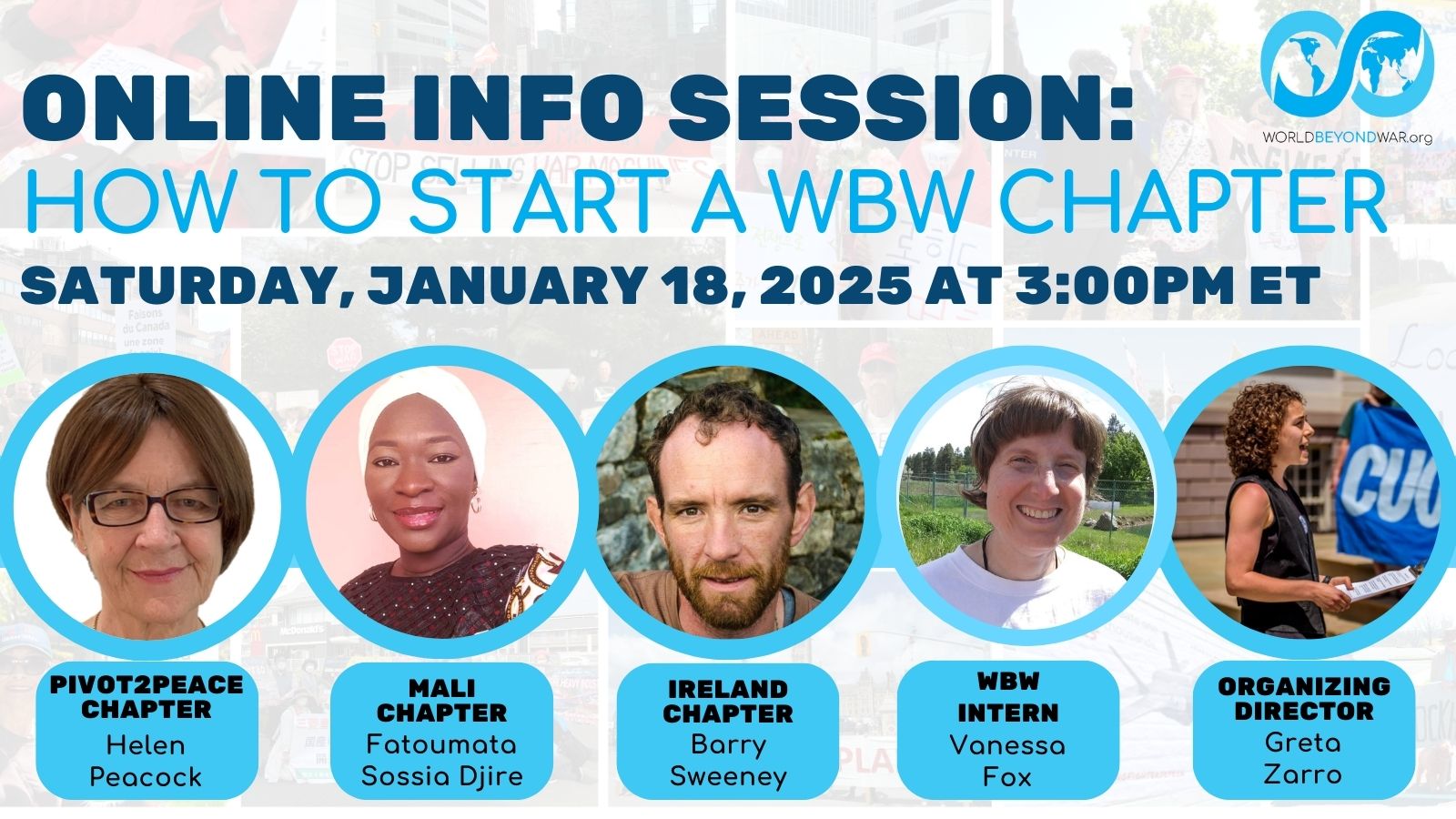By Tom Jacobs, September 26 2018, Pacific Standard.
There have been plenty of protests over the past two years, from the giant Women’s March the day after Donald Trump‘s inauguration to this week’s anti-Brett Kavanaugh demonstrations. But beyond blowing off steam, do marches and mass rallies actually accomplish anything?
New research reports the answer is: absolutely. It reports high-impact protests have a substantial effect on how people vote in congressional races—enough to determine who wins and who loses.
“Civic activism … impacts electoral outcomes,” write political scientist Daniel Gillion of the University of Pennsylvania and sociologist Sarah Soule of Stanford University. “Not only are voters informed and mobilized by protest activities, but potential candidates also view protest activity as a signal that the timing is right to enter a race.”
In the Social Science Quarterly, the researchers analyze congressional election returns from 1960 to 1990, focusing on the percentage of the vote received by the Democratic and Republican candidates, respectively. They then noted the number and scale of political protests in each district (more than 23,000 in all), using information from newspaper accounts.
The salience of such events was graded on a one-to-nine scale, using such criteria as whether they featured more than 100 people; whether the lasted more than one day; whether they attracted a police presence; and whether there were any injuries or arrests.
Finally, they computed which types of protests attracted the most attention in a given district: those supporting left-leaning issues such as civil rights or environmentalism, or those advocating conservative positions, such as anti-immigrant or anti-abortion demonstrations.
After taking the advantages of incumbency into account, the researchers found a clear pattern.
“Protests that express liberal values lead to a greater percentage of the two-party vote share for Democratic candidates,” they report. Protests that espouse conservative issues provide the same boost for Republicans.
“The magnitude of these events is quite substantial,” they add. On average, they found high-profile liberal protests decreased Republican vote share by 6 percent, and increased Democratic vote share by 2 percent. The exact opposite pattern was found for highly salient protests highlighting conservative concerns.
Moreover, parties were far more likely to nominate a “quality” (that is, experienced) candidate to challenge the incumbent member of Congress in the wake of high-profile public demonstrations focused on issues the party supports. “Not only are voters informed and mobilized by protest activities,” the researchers write, “but potential candidates also view protest activity as a signal that the timing is right to enter a race.”
Previous research has found large, peaceful political protests can effectively influence legislators to shift their stances on important issues. Arguably, the many protests at “town halls” of congressional representatives last year spooked some into upholding Obamacare.
Beyond such successes, this research suggests effective protests can impact not only how our representatives vote, but who is representing us. Voting is essential, but between elections, don’t underestimate the power of taking to the streets.












